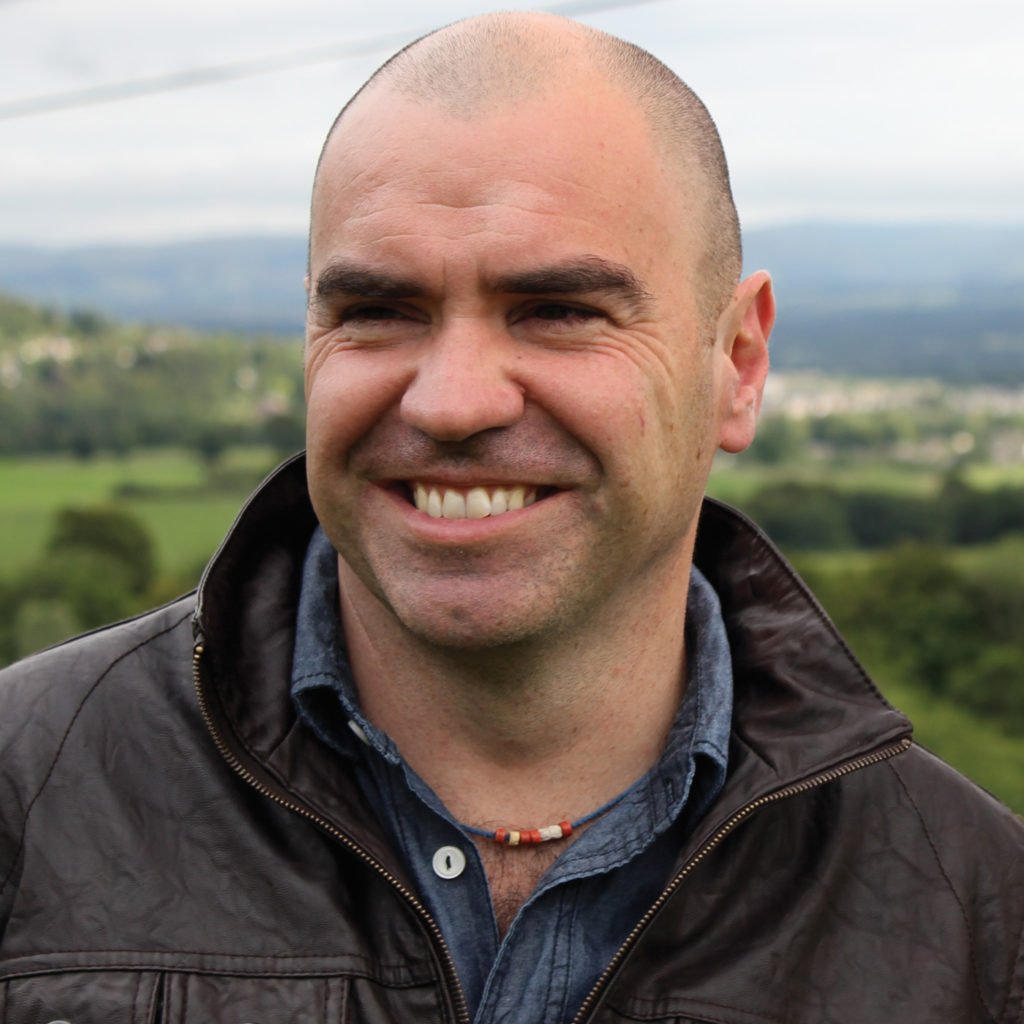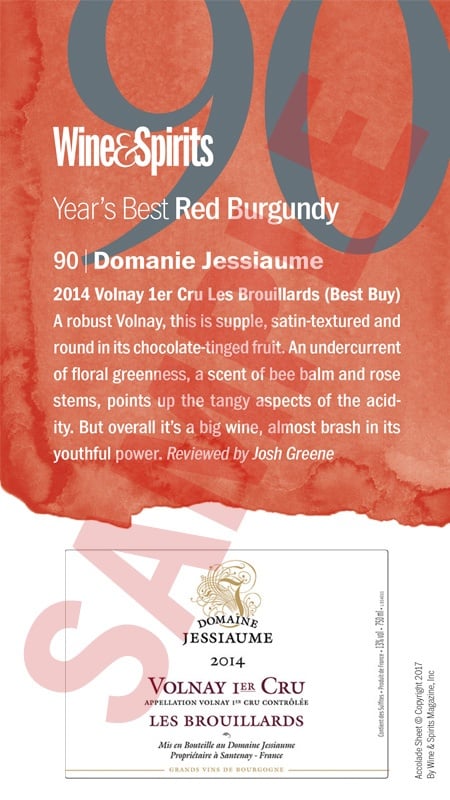It used to be that if it wasn’t from Santorini, assyrtiko simply didn’t rate. No mainland examples ever came close to the racy, chalky, searingly dry examples off that Aegean island. And why would they? Nowhere else do you have assyrtiko vines with roots some 300 years old, anchored in…
To read this article and more,
subscribe now.
To continue reading without interruption, subscribe and get unlimited digital access to our web content and wine search.
This story appears in the print issue of August 2018.
Like what you read? Subscribe today.















